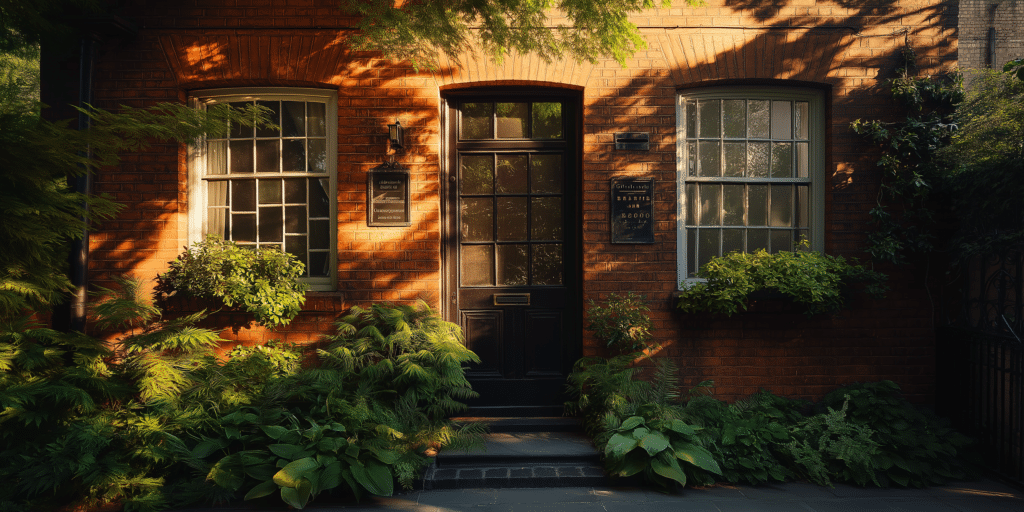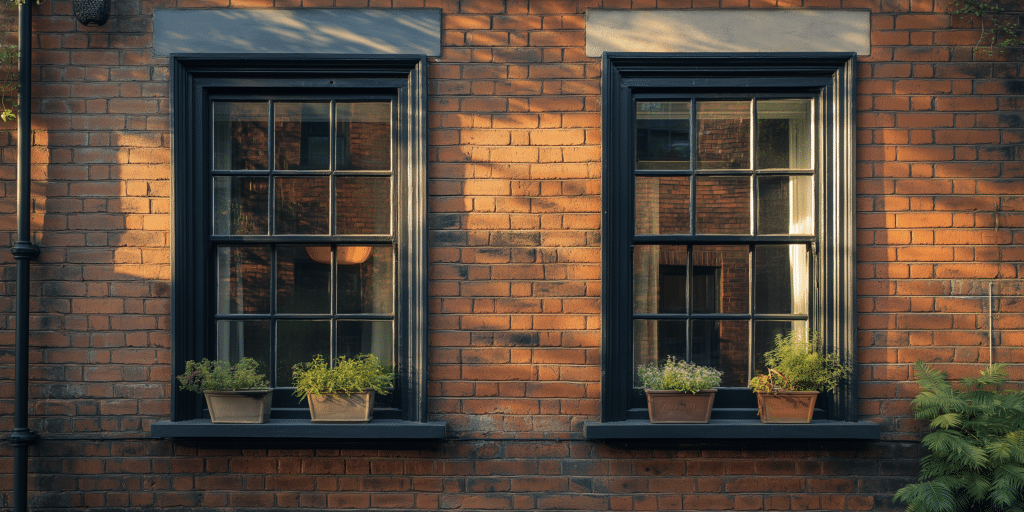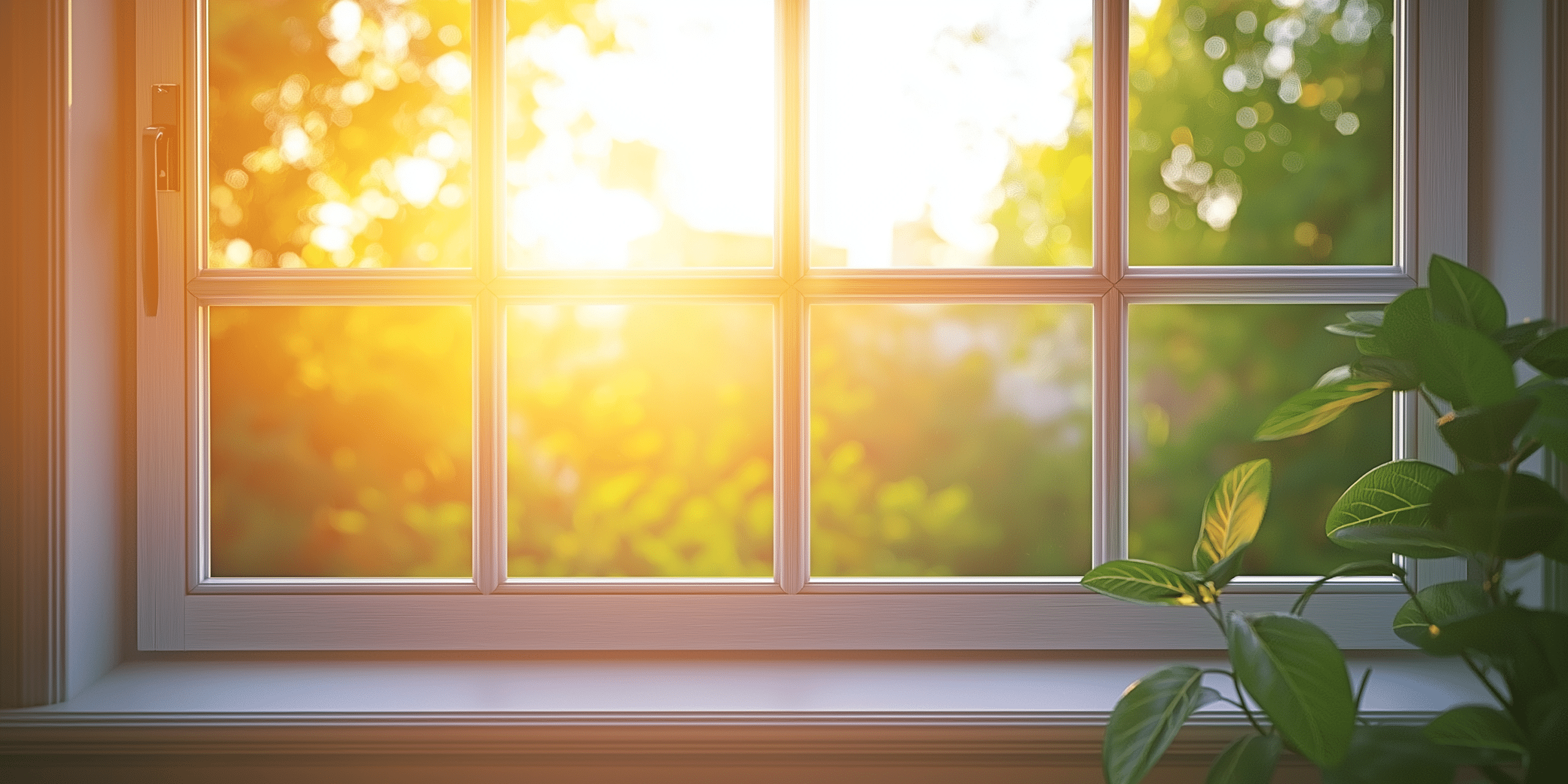What Are Sash Window Jamb Liners, and Why Are They Important?

Sash window jamb liners are integral components of sash window systems, providing critical support for the smooth vertical movement of the sash itself. These liners ensure proper alignment, balance, and ease of operation while significantly improving the thermal insulation properties of the window. They primarily help maintain energy efficiency by creating a tight seal between the window frame and sash, preventing air infiltration, and reducing energy costs.
A well-fitted jamb liner can reduce energy consumption by 15-30% annually, making it an essential upgrade for homes with older sash windows. They also ensure that the sash moves freely without friction or jamming. When jamb liners deteriorate, windows may become difficult to open and close or start to let in draughts, leading to higher heating bills and reduced home comfort.
For those restoring historical sash windows or updating modern energy-efficient models, selecting the right jamb liner material, such as uPVC, timber, or composite, is essential to ensure long-term functionality and energy savings.
Types of Jamb Liners: Vinyl vs Wood vs Composite
When selecting a jamb liner for sash windows, one of the first considerations is the material—typically vinyl (uPVC), wood, or composite. Each material offers different benefits, and the choice should be based on factors like the building’s age, local climate, and energy efficiency requirements.
Vinyl jamb liners (uPVC) are known for their durability and low maintenance requirements, making them ideal for modern homes where energy efficiency is a top priority. However, vinyl liners might not be ideal for listed properties, where aesthetics are crucial in maintaining the building’s historical integrity. Wooden jamb liners, while requiring more upkeep and maintenance, provide a traditional aesthetic ideal for preserving the historical integrity of older homes. Meanwhile, composite jamb liners blend the durability of vinyl with the aesthetic appeal of wood, offering a balance of both worlds.
By understanding the benefits of each material, homeowners and restorers can make an informed decision that balances aesthetics, cost, and performance.
Installation Process: How to Install a Sash Window Jamb Liner
Installing a sash window jamb liner involves a series of precise steps that ensure the window functions properly and remains energy-efficient. Whether undertaking a DIY project or hiring a professional, ensuring correct installation is critical.
The first step is to accurately measure the window frame to ensure a proper fit for the jamb liner. Improper measurements can lead to gaps that reduce thermal efficiency and create operational issues. Precise alignment is essential for older sash windows, and custom fitting is often required to preserve historical integrity and functionality. Next, selecting the correct jamb liner material—vinyl, wood, or composite—will influence the durability and overall performance. Installation then involves securing the liner into the frame using screws or adhesive, ensuring it is aligned properly to allow smooth sash movement.
Proper installation ensures smooth sash movement and maximises the windows’ energy-saving potential by maintaining a tight, draught-free seal.
Energy Efficiency Benefits of Upgrading Your Jamb Liners

Why is it beneficial to upgrade sash window jamb liners in older homes and modern properties alike? One primary advantage is improved thermal insulation, significantly reducing energy consumption by preventing heat loss through poorly sealed windows. This can be particularly impactful in regions with colder climates, where older windows often contribute to high energy bills.
Replacing older, less efficient liners with uPVC or composite materials can dramatically improve your windows’ overall thermal performance. Upgrading jamb liners can lead to 15-30% energy savings annually, depending on the window type and material used.
Modern energy-efficient jamb liners improve home comfort and contribute to long-term savings and sustainability.
Historical Restoration: Choosing the Right Jamb Liners for Older Homes
For those undertaking the restoration of historical sash windows, selecting the right jamb liner is essential to maintain the authentic look of the property while benefiting from modern technologies. Uop, using modern materials in historical restorations can improve the longevity of the windows without compromising the original design. But how can you balance historical accuracy with modern performance? The goal is often to retain the aesthetic of period sash windows while upgrading their functionality with discreet modern materials.
Wooden jamb liners are the most appropriate choice for Georgian, Victorian, and Edwardian properties, as they match the original materials and aesthetics. However, composite jamb liners, which combine wood’s visual appeal with modern materials’ durability, are increasingly popular for those looking to blend tradition with innovation. These composite jamb liners can increase energy efficiency by up to 25% while maintaining historical integrity.
By carefully selecting materials that respect the original design, homeowners can improve the performance of heritage windows without compromising their historical integrity.
Common Problems with Jamb Liners and How to Fix Them
Like any component of a window system, jamb liners can experience wear and tear over time. Understanding these problems, whether sash windows stick or draughts enter the home, is key to maintaining the longevity of your windows.
One frequent issue is misaligned jamb liners, which can cause the sash to stick or become difficult to open. This often occurs due to improper installation or natural settling of the home. A misaligned or worn-out jamb liner can cause the window’s energy efficiency to drop by 10-15%, increasing heating costs and reducing overall comfort. Poor maintenance and moisture exposure can also lead to rot or warping, especially with wooden jamb liners.
Addressing these common issues promptly will prevent further complications and maintain the efficiency of your sash window system.
Maintenance Tips: How to Care for Your Jamb Liners

Regular maintenance of sash window jamb liners ensures their longevity and optimal performance. A yearly maintenance check, particularly in coastal areas, can extend the life of jamb liners and prevent common issues like draughts and rot. What maintenance routines should homeowners follow to keep jamb liners in excellent condition?
It is essential to clean the jamb liners regularly and check for signs of wear and tear, such as cracks or misalignment. Homeowners should also lubricate the jamb liners to ensure smooth operation. Non-abrasive, silicone-based lubricants are recommended for most vinyl and wood materials to avoid damage and ensure long-term durability.
Proper care ensures that jamb liners continue to support the smooth operation of your sash windows while maintaining their energy efficiency.
When to Replace Your Jamb Liners
Like any window component, jamb liners will eventually wear out and require replacement. How do you know when to replace jamb liners rather than repair them? The key signs include difficulty in window operation, persistent draughts, and visible damage such as cracks or warping. Sash window jamb liners should be replaced approximately every 20-25 years, depending on the material and exposure to the elements.
Not only will window performance deteriorate, but the structural integrity of the entire window system can be compromised. Worn jamb liners can lead to a 15% reduction in thermal efficiency, significantly impacting energy costs over time. Recognising the signs early and acting swiftly can save homeowners from more extensive, costly repairs.
Conclusion: Why Jamb Liners Are a Vital Component of Sash Windows

Sash window jamb liners are essential for maintaining modern and historical sash windows’ smooth operation, thermal performance, and energy efficiency. Whether you’re upgrading a period home or improving a newer property, understanding the role of jamb liners and selecting the right material can significantly enhance the performance of your windows, reduce energy costs, and increase the value of your property. Ensuring proper installation, routine maintenance, and timely replacement, sash window jamb liners will be vital for your window system for years to come.




